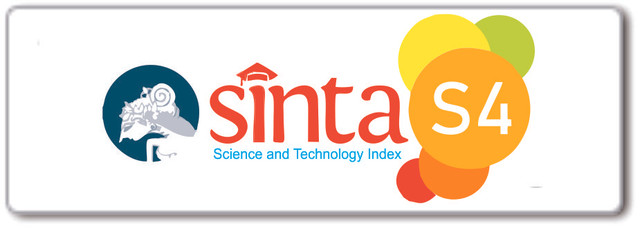Author Guidelines
Author Guidelines
- Articles submitted must be originally written and have not been published or not being submitted for publication for another journal. The articles include research findings, paperwork, review of theories or methodology, analysis on the key issues regarding civic education and its various aspects, and book reviews that have significant impact to the development of civic education studies.
- Articles are in English or Indonesian, type-written in 10 to 20 A4 pages using 12-point Times New Roman and 1 spaced, including figures, tables, references and appendices.
- Titles should not be more than 15 words; avoid using abbreviations. Titles should be brief and clear, stating precisely the main issues adressed in the content.
- Abstracts should be between 150-250 words, with at least three key words. Abstracts are in English and Indonesian.
- Author should complete information on his/her account’s user profile including full name without academic degree(s), current affiliation(s), affiliation mailing address, e-mail address, and bio-statement including fields of research interest and previous main publications. Author can add co-authors by adding contributors in the metadata menu when submitting the article online. Author should not put his/her/their name(s) within the document file.
- The text should be structured as IMRAD (introduction, methods, results and discussions), followed by conclusion. Literature review and previous researches should be included in introduction without sub-headings. Articles other than research findings can adjust the sub-headings of the text, for example; introduction, subtitle, subtitle, subtitle, conclusion.
- Avoid using enumeration to present data in body text. Narrate it in body pharagraph instead.
- Avoid writing a footnote, except it needs additional clarification outside the context of the article. Footnotes are written with different font size (10-point Times New Roman). Arrange the footnotes sequentially by number, located below on the same page. Include referral if necessary.
- Ensure that all works cited in the text are included in the reference list and that the dates and authors in the text match those in the reference list. References must be formatted in APA style (6th ed.) and available from accessible sources.
- Citations in the main text use the surname(s) of author(s) and year of publication: Banks, J. A (2019). Insert initials only if there are two different authors with the same surname and same year of publication. The abbreviation "et al." should be used in the text when there are more than two co-authors of a cited paper.
- References should be listed alphabetically at the end of the paper. Use at least 15 references from the last ten years, which consist of 60% primary sources from scholarly articles and 40% other sources. References must always be given in sufficient detail for the reader to locate the work cited. Example for references:
Domenech, J., Blazquez, D., de la Poza, E., & Mun͂oz-Miquel, A. (2015). Exploring the impact of cumulative testing on academic performance of undergraduate students in Spain. Educational Assessment, Evaluation and Accountability, 27(2), 153-169.
Timarova, S., Dragsted, B., & Hansen, G. (2017). Time lag in Translation and Intrepreting: A Methodological Exploration. Alvastad, C., Hild, A., & Tiselius., E. (Ed.). Methods and Strategies of Process Research. New York, NY: Anchor.
Shaeiwitz, J.A., & Turton, R. (2003). Educating chemical engineers in product design. International Journal of Engineering Education, 19, 153-157.
Internet sources should include place and date of access, as follows:


















